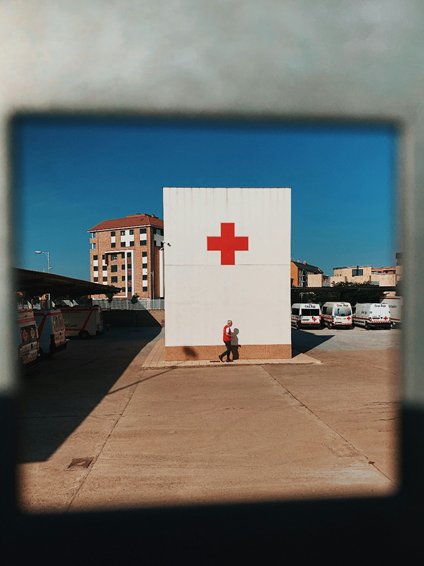Jaskaran Singh, who trains Armaandeep, said: “It becomes a little difficult for him to play in the dark, as it happened during Khelo India Youth Games. Good performance is based on great judgement and Armaandeep has this talent. I have taught him some techniques, with which he is able to perform with ease.”
Jalandhar: A national gold medallist with 30 per cent of vision from Bhuju Khurd village in Bathinda district, Armaandeep Singh, a Class XII student, was part of a 22-member “gatka” team that performed in front of Chief Minister Bhagwant Mann during the inaugural ceremony of “Khedan Vatan Punjab Dean” on Monday, August 29, a report in The Tribune. Chandigarh, says’
Armandeep has a visual disability of 70 per cent. Fighting odds, he has been practising “gatka” for five years.
The contingent also included eight girls, most of whom were from humble background. Among them were Kamalpreet Kaur and Hina, both 17. Kamalpreet’s father is a daily-wager, while Hina’s mother is a safai karamchari at a private school.
Kamalpreet said, “My neighbours mocked my father for allowing me to play. They would always say it was wrong for girls to perform outdoor activities. Now when I am winning medals, everyone asks him about me.”
Jaskaran Singh, who trains Armaandeep, said: “It becomes a little difficult for him to play in the dark, as it happened during Khelo India Youth Games. Good performance is based on great judgement and Armaandeep has this talent. I have taught him some techniques, with which he is able to perform with ease.”
Gatka, a simulated form of sword-play practiced as a martial art and sport, has its origin going back to 15th century. Since then it has been taught and handed down in an unbroken lineage by the Sikh gurus. It is associated primarily with the Sikhs of the Punjab and other related ethnic groups, such as Hindkowans.
The wooden Gatka ‘sword’ is usually 3–3.5 feet (91–107 cm) long, with a thickness of around 1⁄2 inch (13 mm). It comes with a fitted leather hilt, 6–7 inches (15–18 cm) and is often decorated with Punjabi-style multi-coloured threads.
Used as an accessory is a circular leather shield known as phari, measuring 9 by 9 inches (23 cm × 23 cm).
Gatka was used mainly by the British Indian Army in the 1860s as practice for hand-to-hand combat.
Along with three other indigenous games, namely Kalaripayattu, Thang-Ta and Mallakhamba, Gatka has gained recognition by the government of India as a traditional sport.
*********************************************************************
Readers
These are extraordinary times. All of us have to rely on high-impact, trustworthy journalism. And this is especially true of the Indian Diaspora. Members of the Indian community overseas cannot be fed with inaccurate news.
Pravasi Samwad is a venture that has no shareholders. It is the result of an impassioned initiative of a handful of Indian journalists spread around the world. We have taken the small step forward with the pledge to provide news with accuracy, free from political and commercial influence. Our aim is to keep you, our readers, informed about developments at ‘home’ and across the world that affect you.
Please help us to keep our journalism independent and free.
In these difficult times, to run a news website requires finances. While every contribution, big or small, will makes a difference, we request our readers to put us in touch with advertisers worldwide. It will be a great help.
For more information: pravasisamwad00@gmail.com










